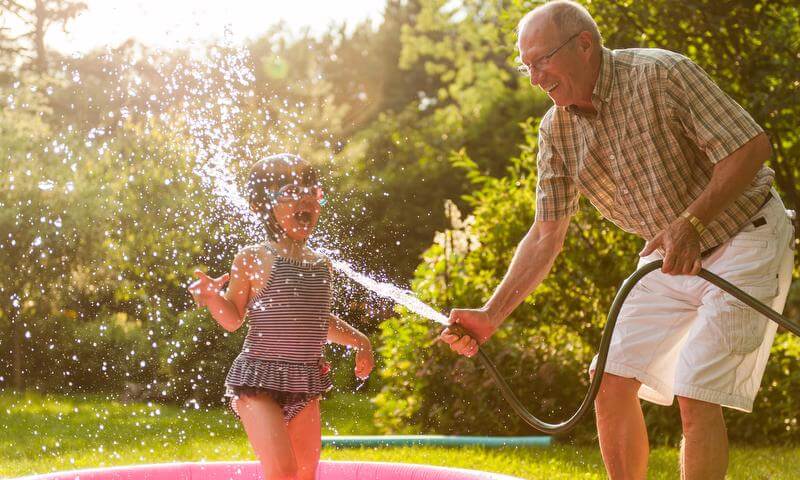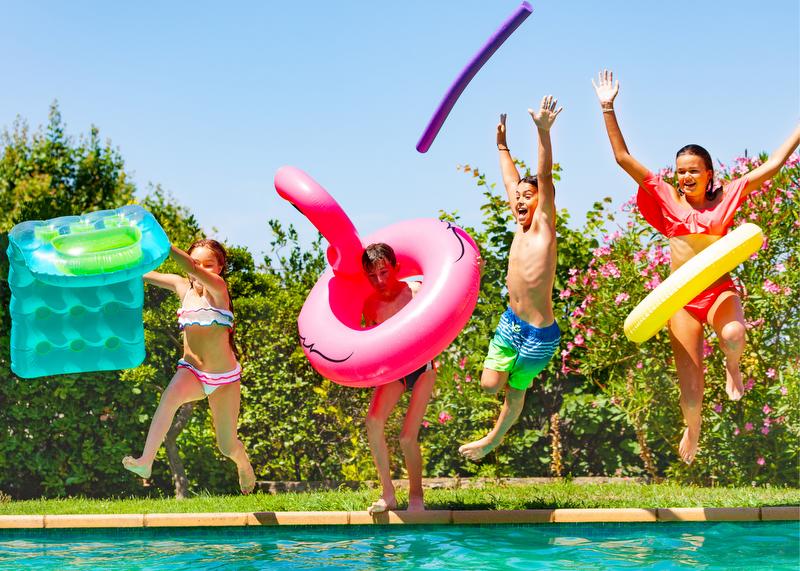BIOPHILIA Can Benefit Your Child and You, Too!
February 12, 2024
Summary
Biophilia is the LOVE of life or living things. Learn how to inexpensively create a home or even just a space in your home with biophilia in mind.
“Every child needs nature. Not just the ones with parents who appreciate nature. Not only those of a certain economic class or culture or set of abilities. Every child.”
“Children are naturally curious and playful, and biophilic design can stimulate their senses, imagination, and cognitive development. Incorporating biophilic design in children's spaces can be achieved by using natural materials like wood, cork, stone, wool, cotton, and clay. You can also create zones that mimic different natural habitats such as forests, meadows, oceans, and deserts with plants, rocks, shells, sand, water features, and animal motifs. To encourage exploration and discovery of natural elements there could be interactive walls, sensory gardens, aquariums, and terrariums. Additionally, incorporating natural light, ventilation, and views of nature through skylights, windows, balconies, and courtyards can help create a stimulating environment.”
-Powered by AI and the LinkedIn community
Richard Louv, author and KU grad, is a best-selling author who “launched the international children-and-nature movement…” He has written several books including Vitamin N: The Essential Guide to a Nature Rich Life, 500 Ways to Enrich the Health & Happiness of Your Family & Community.
According to his website, “Vitamin N is a one-of-a-kind, comprehensive, and practical guidebook for the whole family and the wider community, including tips and essays not only for parents eager to share nature with their kids, but also for adults without children of their own, for policy makers, religious leaders, teachers and pediatricians; and for those seeking nature-smart schools and even careers. It is a dose of pure inspiration, reminding us that looking up at the stars or taking a walk in the woods is as exhilarating as it is essential, at any age. Recommended by the National Science Teachers Association.”
Read an article hitting the highlights of the book...
or check it out for yourself at the Lawrence Public Library.



